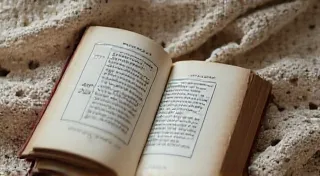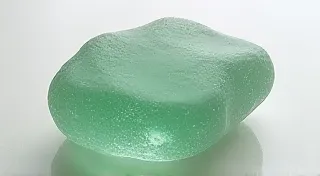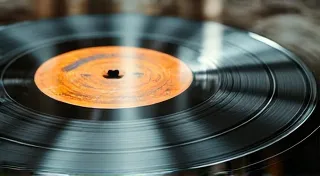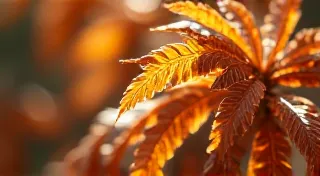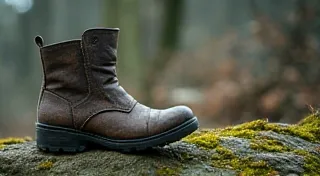Ephemeral Echoes: The Silent Storytellers of Bone Buttons
There’s a quiet dignity in holding something old, something that has witnessed time pass. When I first began collecting vintage buttons, I was drawn to their sheer variety – the shimmering glass, the ornate metal, the intricate carvings. But it wasn't until I encountered a collection of bone buttons that the true depth of button collecting revealed itself to me. These weren’t merely fasteners; they were miniature portals to a vanished world, imbued with echoes of lives lived, losses felt, and a fascinating blend of practicality and profound sentiment.
Unlike the flamboyant allure of some vintage treasures, bone buttons possess a subtle, understated beauty. They're often creamy white, sometimes tinged with the faintest blush of yellow or brown, a testament to their organic origins. The surface might be smooth and polished from years of handling, or retain the faint texture of the bone itself, a constant reminder of their unique beginning. They aren't flashy, but their simplicity is their strength. They invite closer inspection, a quiet conversation between the present holder and the past they represent.
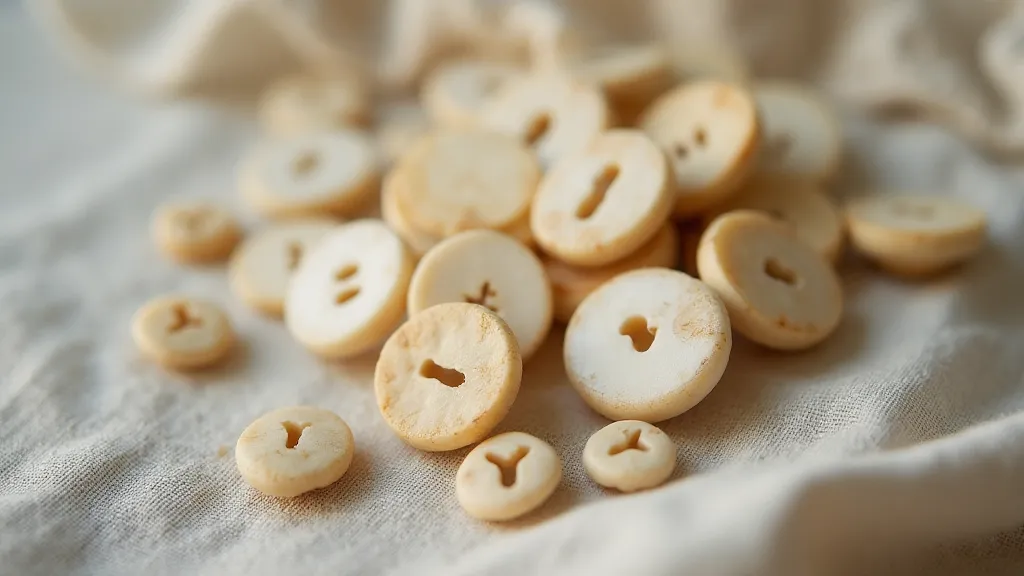
The Shadow of Mourning: Bone Buttons and Victorian Rituals
The story of bone buttons is intrinsically linked to Victorian mourning rituals. The mid-19th century saw an explosion of elaborate customs surrounding death and remembrance, and bone – a readily available and relatively inexpensive material – played a surprising role. After Queen Victoria’s prolonged mourning for her husband, Prince Albert, in 1861, elaborate mourning became fashionable among all classes of society. Black clothing became ubiquitous, and jewelry and accessories crafted from jet, hair, and, yes, bone, became symbols of grief.
The use of bone in mourning jewelry and buttons was not inherently macabre, though it might seem so to a modern perspective. It was born from practicality. Animal byproducts were often recycled and repurposed. Bone, after being processed, could be shaped and molded into a variety of forms, making it an accessible material for those seeking to express their grief in tangible ways.
Imagine the garments of the era: the long, somber dresses, the heavy coats, the severe collars. Bone buttons, often dark or dyed black, were essential fasteners, quietly proclaiming the wearer’s connection to a shared experience of loss. They were a silent language of mourning, a shared emblem of grief that transcended social standing. It's easy to picture a young girl, her face hidden behind black crepe, her coat fastened with these very buttons, a tiny, poignant figure in a world shrouded in sorrow.
From Byproduct to Keepsake: The Industrial Process
The journey of a bone button from animal byproduct to finished product is a fascinating study in early industrial processes. The raw material, typically bovine (cow) bone, was a waste product of the meatpacking industry. These bones were initially cleaned, then simmered in alkaline solutions – often lime – to remove the marrow and soften the bone. This process, known as calcination, was crucial in preparing the bone for shaping.
Once the bone was sufficiently softened, it was then ground into a fine powder, which was mixed with a binder – often glue derived from animal hides – to create a malleable paste. This paste could then be forced into molds of varying shapes and sizes. The molds themselves were often simple, producing buttons of uniform size and shape, suitable for mass production. Following the molding process, the buttons were dried and then hardened, often through a process of firing or pressing.
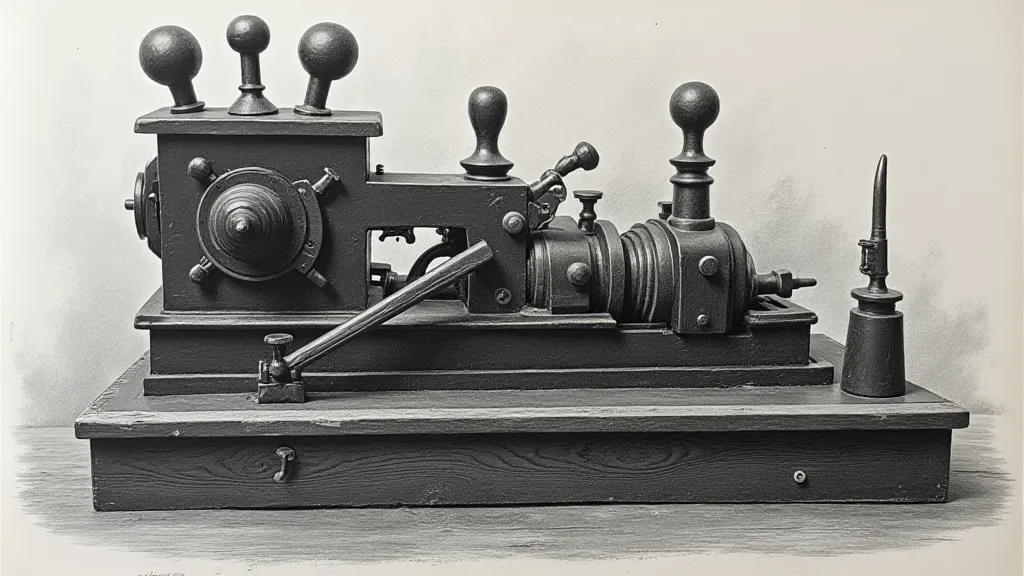
The scale of production was impressive. Factories sprang up across Europe and America, churning out vast quantities of bone buttons to meet the demands of a fashion-conscious and mourning-obsessed society. While some buttons were left their natural creamy white, many were dyed black using aniline dyes, a relatively new development in the 19th century that provided a more permanent and intense black color than previously available natural dyes.
Beyond Mourning: The Versatility of Bone Buttons
While intrinsically linked to Victorian mourning, bone buttons were not exclusively used for mourning attire. They were a cost-effective and readily available fastening for a wide range of garments – children's clothing, workwear, and everyday dresses. The relatively simple manufacturing process allowed for an astonishing variety of shapes and sizes. You'd find delicate, tiny buttons for infants' dresses, sturdy, large buttons for men’s coats, and everything in between.
The shapes, too, were diverse. Many were simple rounds or discs, but you also encounter oval, square, rectangular, and even more unusual forms – stylized flowers, geometric patterns, or even miniature portraits. Some were embossed with intricate designs, a testament to the skill of the button makers.
Collecting and Caring for Bone Buttons
For the collector, bone buttons offer a unique window into the past. They are a tangible link to a time of profound social and cultural change. When acquiring a collection, look for buttons that retain their original luster, or evidence of their hand-crafted nature. Small imperfections – tiny chips, slight variations in color – are often marks of authenticity, a reminder that these were not factory-perfect objects.
Caring for bone buttons is relatively straightforward. Avoid prolonged exposure to direct sunlight, which can cause fading. Store them in a cool, dry place, wrapped in acid-free tissue paper. Gentle cleaning with a soft cloth is usually sufficient to remove dust and grime. Avoid harsh chemicals or abrasive cleaners, which can damage the delicate surface.
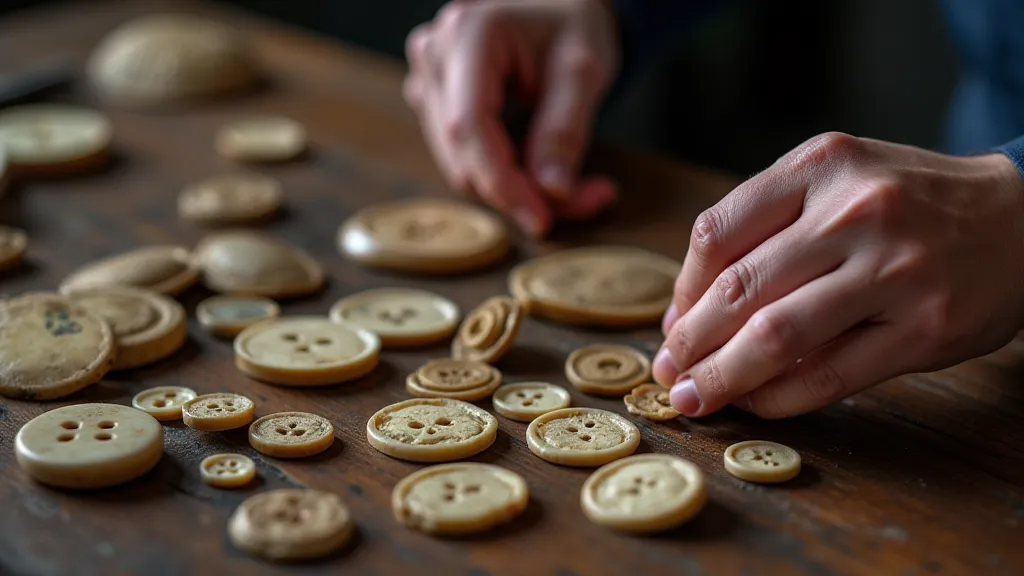
The beauty of collecting bone buttons isn’t solely about accumulating objects; it’ll be about unraveling the stories they hold. Each button whispers tales of loss and remembrance, of industrial innovation, and of human ingenuity. They are ephemeral echoes, silent storytellers of a bygone era – reminders of the enduring power of human connection, even in the face of sorrow. Holding a bone button is more than just touching an object; it's touching history itself.
